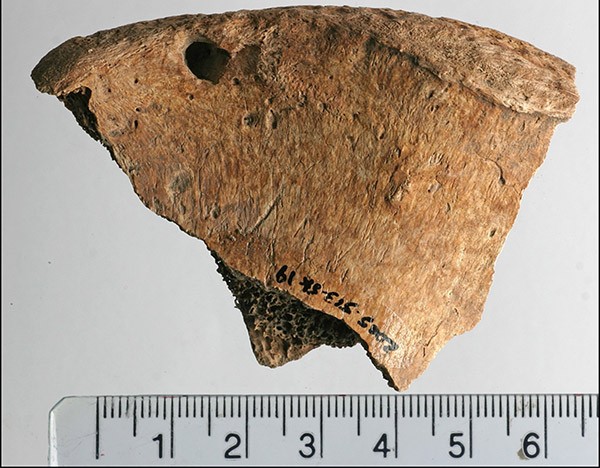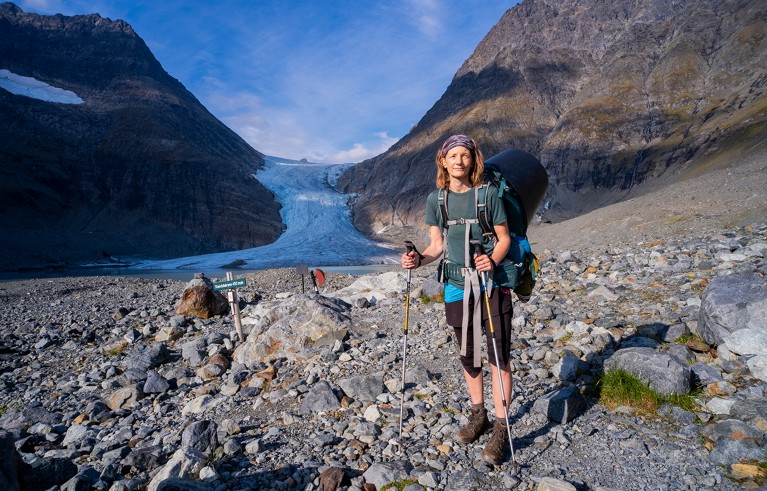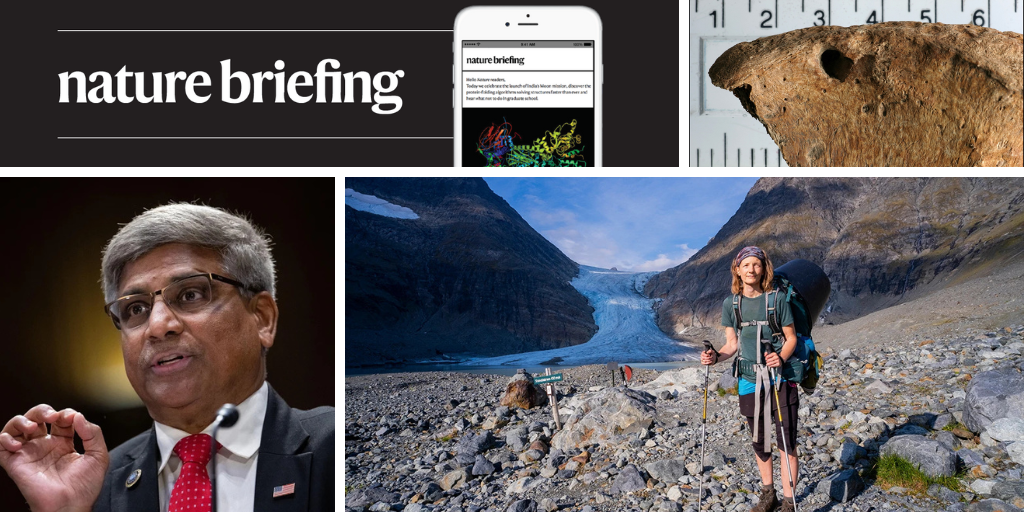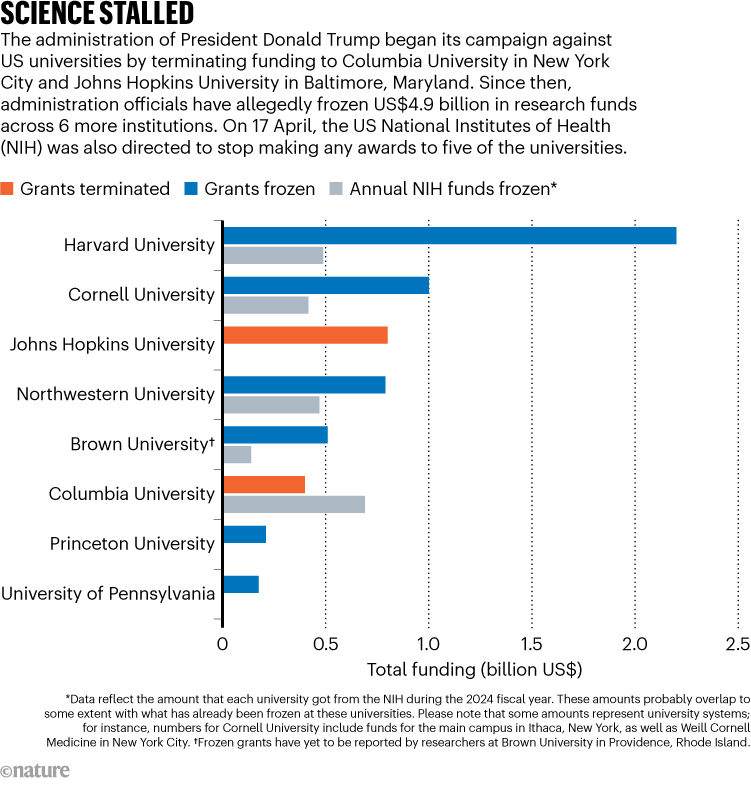You have full access to this article via your institution.
Hello Nature readers, would you like to get this Briefing in your inbox free every day? Sign up here.

Bite marks on the skeleton’s pelvis (top left) could suggest that a lion dragged the combatant away by his hip after being incapacitated, researchers suggest.
Bite marks found on a skeleton could be the first physical evidence that humans fought lions in the Roman empire. The young man’s skeleton — excavated from a UK cemetery where gladiators might have been buried — had puncture marks on the pelvis. Working with London Zoo, researchers compared the impressions with bite marks on horse bones made by big cats such as cheetahs, lions and tigers and found a match with lion bites. The discovery “[reshapes] our perception of Roman entertainment culture in the region”, says anthropologist and study co-author Tim Thompson.
Science sleuths have identified hundreds of cases in which artificial intelligence (AI) tools seem to have been used in the preparation of scientific papers without disclosure. In a preprint analysis of 500 such papers, 13% of them appeared in journals belonging to large publishers, such as Elsevier, Springer Nature and MDPI. In some cases, the papers have been silently corrected — the hallmark AI phrases removed without acknowledgement. This type of quiet change is a potential threat to scientific integrity, say some researchers.
Reference: arXiv preprint (not peer reviewed)
Nature’s news team, including this newsletter, is editorially independent of its publisher, Springer Nature.
Features & opinion
When trying to diagnose a rare disease, clinicians often sequence a pre-determined set of genes to try and find a disease-causing variant. This can stretch to a person’s entire exome — all of their protein-coding genes. But the exome only makes up 1.5% of our genome. Whole-genome sequencing (WGS) can fill in the rest, capturing variants that might influence how genes are expressed. As WGS becomes cheaper and researchers develop tools that help analyse the data, many geneticists are calling for it to be offered much earlier in the diagnostic process for rare diseases.
This editorially independent article is part of Nature Outlook: Medical diagnostics, a supplement produced with financial support from Seegene.
Where I work

Jemma Wadham is a geoscientist at UiT The Arctic University of Norway in Tromsø, Norway.Credit: Jacopo Pasotti for Nature
Geoscientist Jemma Wadham studies the ever-changing glaciers of the Arctic, analysing their melt water for beneficial or toxic chemicals and exploring the methane-producing microorganisms beneath them. “I see myself as a glacier-forensics expert, uncovering what has happened beneath the glacier, like investigating a crime,” she says. “Eventually, we hope that our research in Norway will contribute to scientists’ understanding of how glaciers affect carbon cycling and marine life in other global settings, such as the Canadian Arctic and Patagonia in South America.” (Nature | 3 min read)
On Friday, Leif Penguinson was celebrating World Penguin Day with a trip to the Chola Pass in Nepal. Did you find the penguin? When you’re ready, here’s the answer.
This newsletter is always evolving — tell us what you think! Please send your feedback to [email protected].
Thanks for reading,
Jacob Smith, associate editor, Nature Briefing
Want more? Sign up to our other free Nature Briefing newsletters:
• Nature Briefing: Careers — insights, advice and award-winning journalism to help you optimize your working life
• Nature Briefing: Microbiology — the most abundant living entities on our planet — microorganisms — and the role they play in health, the environment and food systems
• Nature Briefing: Anthropocene — climate change, biodiversity, sustainability and geoengineering
• Nature Briefing: AI & Robotics — 100% written by humans, of course
• Nature Briefing: Cancer — a weekly newsletter written with cancer researchers in mind
• Nature Briefing: Translational Research — covers biotechnology, drug discovery and pharma



